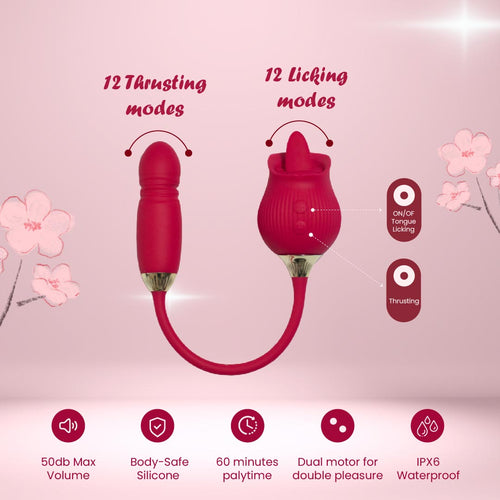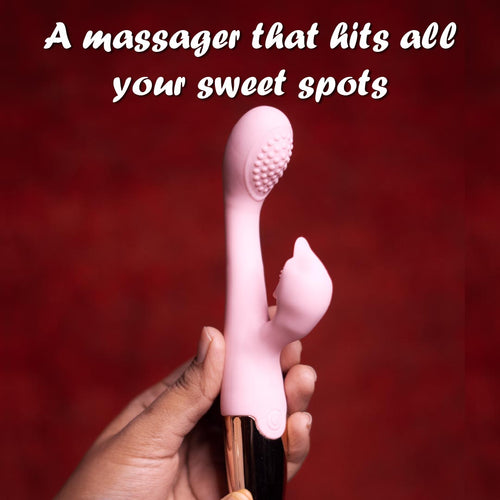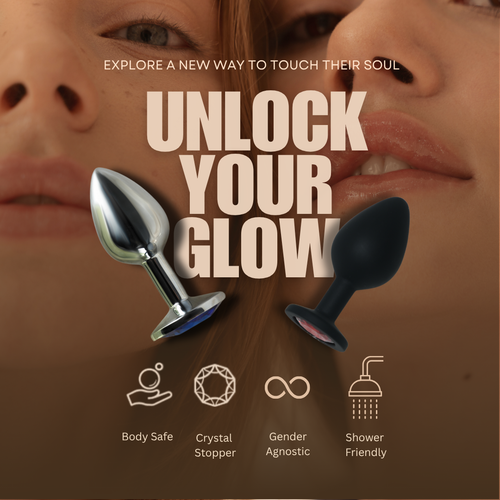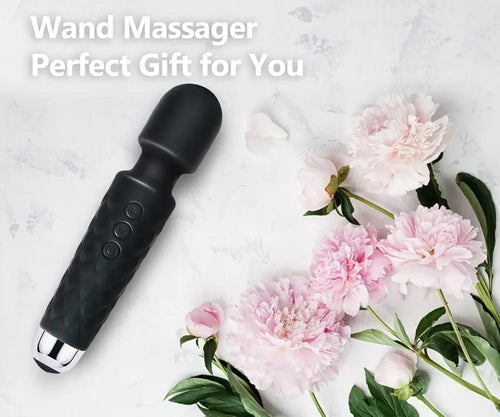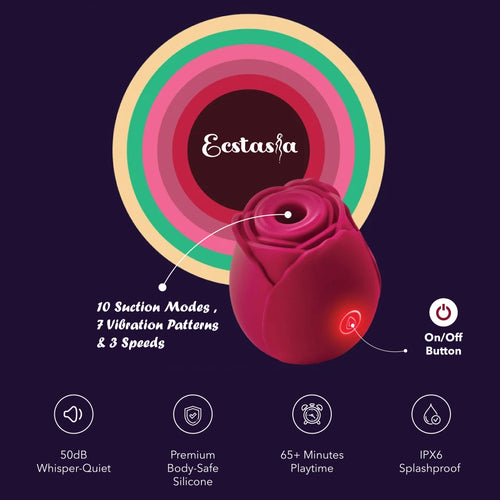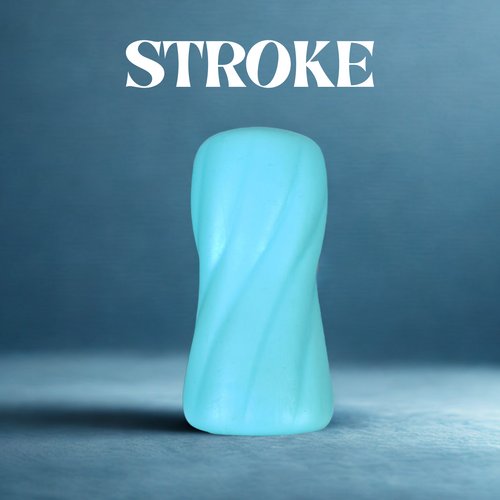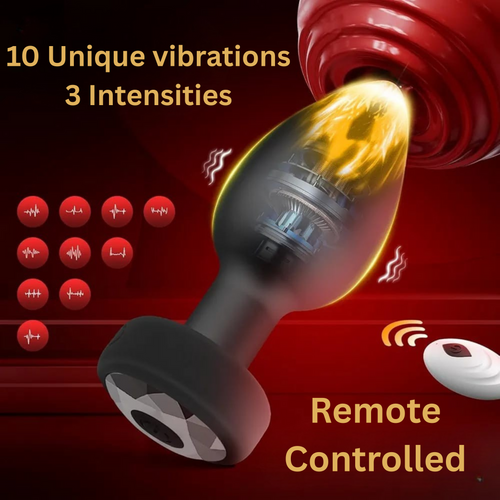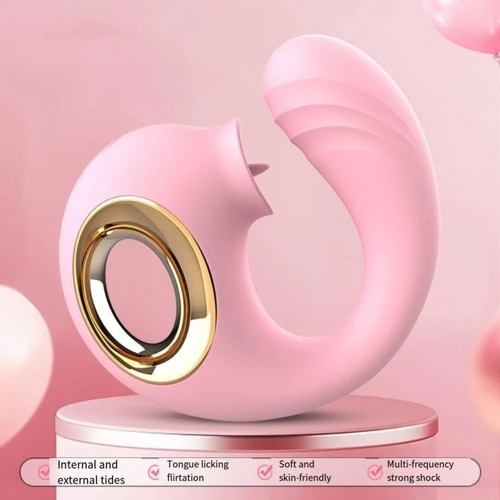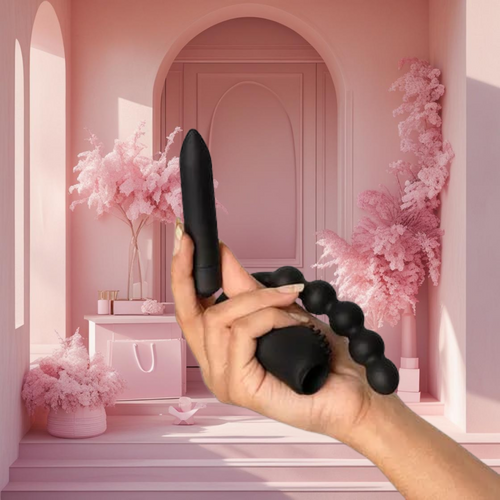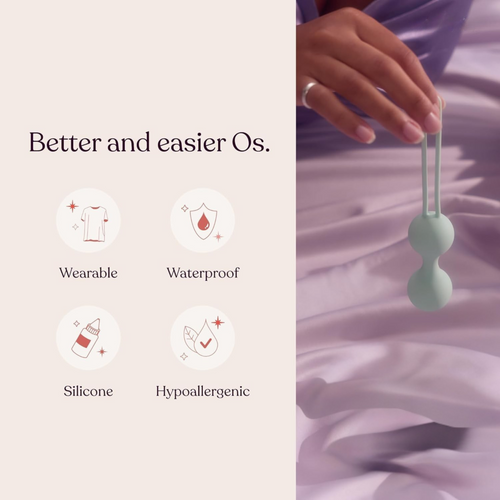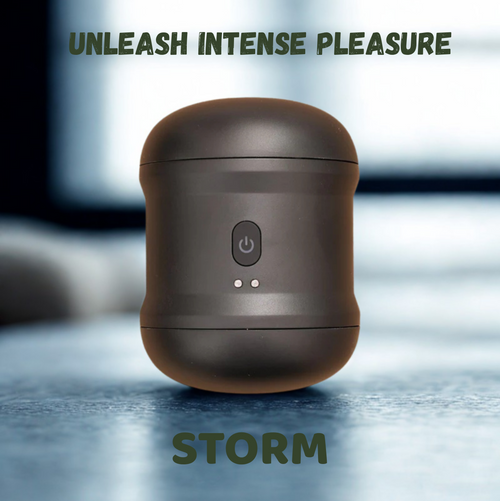
Myths About Female Pleasure That Need Busting
Ever been told your pleasure is too complicated or not as important? Yeah, welcome to being a woman in a world full of female pleasure myths. The BS stops here.
Let's talk about female sexual wellness without the fluff or fake news. Because honestly, half of what you've heard about your own body is probably wrong.
Women's pleasure isn't mysterious magic requiring a decoder ring. It's normal, natural, and absolutely worth understanding properly. But misinformation keeps many women from experiencing the sexual satisfaction they deserve.
Ready to bust some myths wide open? The truth about female pleasure might surprise you—and completely transform your bedroom experience.
Common Misconceptions About Female Anatomy
A. The Myth of the Elusive Clitoris
The clitoris isn't playing hide and seek, folks. Yet somehow, it's been treated like the Bermuda Triangle of anatomy for centuries. Many still think it's this tiny button that's hard to find – when actually, it's about 4 inches long, mostly internal, and has 8,000 nerve endings. That's twice as many as a penis!
Why does this myth persist? Simple: crappy sex education and the long history of ignoring female pleasure. Most textbooks still show outdated or simplified diagrams that barely acknowledge its existence, let alone its full structure.
B. Understanding the Full Extent of Pleasure Zones
Female pleasure isn't a one-spot wonder. The G-spot, A-spot, cervix, nipples, and even non-genital areas can trigger intense sensations. These zones aren't mysterious hidden treasures – they're real body parts that respond differently for different people.
The problem? We've been conditioned to think of pleasure like a scavenger hunt with specific targets when it's more like a full-body experience. Your entire body is basically a playground of potential pleasure – not just a few highlighted spots on an anatomy chart.
C. Debunking Vaginal vs. Clitoral Orgasm Divisions
The whole "vaginal vs. clitoral orgasm" debate? Total nonsense. This division comes from Freud (who, shocker, wasn't a woman) claiming vaginal orgasms were "mature" while clitoral ones were "immature."
Here's the truth: all orgasms involve the clitoris. What feels like a "vaginal orgasm" is actually stimulation of internal clitoral tissue or other sensitive areas. It's all connected! Research shows 70-80% of women need clitoral stimulation to orgasm, regardless of what else is happening.
D. How Bodies Vary: Embracing Anatomical Diversity
No two bodies are identical. Clitorises vary in size, sensitivity, and position. Some vulvas have larger labia, some smaller. Some people experience squirting, others don't.
This diversity gets completely erased in mainstream conversations. We're fed this cookie-cutter idea of what genitals "should" look like, creating unnecessary anxiety and shame. Bodies aren't standardized products – they're beautifully unique systems with their own preferences and responses.
Understanding this variation isn't just about acceptance – it's essential for pleasure. What works amazingly for one person might do absolutely nothing for another. That's not dysfunction – it's diversity.
Cultural and Religious Influences on Female Pleasure
Historical Roots of Pleasure Suppression
Throughout history, women's pleasure has been systematically silenced. Ancient medical texts like those from Galen in the 2nd century claimed women's bodies were just "inverted" versions of men's - talk about missing the point! By the Victorian era, doctors diagnosed women seeking pleasure with "hysteria," a made-up condition requiring bizarre treatments.
The really wild part? For centuries, societies built entire systems around controlling female sexuality. From witch hunts targeting sexually liberated women to the practice of female genital mutilation still happening today, the message was clear: women's desire was dangerous and needed containment.
Media Portrayals and Unrealistic Expectations
Flip through any magazine or watch any mainstream movie - you'll see female pleasure portrayed in ways that make most women roll their eyes. The 15-second journey from kissing to earth-shattering orgasm? Pure fiction.
Media shows women achieving pleasure through acts that statistically don't work for most. Studies show nearly 80% of women don't orgasm from penetration alone, yet that's the main narrative we see. Even worse, women's bodies in these portrayals follow impossible standards, creating a double pressure: look perfect while having perfect orgasms in perfect ways.
How Religious Teachings Shape Attitudes
Many religious traditions frame female sexuality exclusively through reproduction, not pleasure. Growing up in these environments, girls often internalize shame around their bodies and desires.
Some religious communities still teach that female pleasure exists solely to enhance male experience or for procreation. The "purity culture" movement has left lasting impacts on how women view their bodies - as something to be guarded rather than enjoyed.
The contradiction gets really stark when you notice how some religions simultaneously sexualize women's bodies (requiring specific modest dress) while denying their sexual agency.
The Orgasm Gap: Addressing Inequality in Sexual Experiences
A. What Research Reveals About Gender Disparities
Ever wondered why we talk about an "orgasm gap"? It's not just talk – it's backed by cold, hard data. Studies consistently show that heterosexual women experience orgasms far less frequently than men during intimate encounters. One comprehensive study found that while heterosexual men orgasm about 95% of the time during sex, women clock in at just 65%.
And it's not because women can't enjoy themselves. The same research shows lesbian women orgasm at 86% – dramatically higher than their straight counterparts. This tells us something crucial: female pleasure isn't the mystery some make it out to be.
B. Communication Barriers That Maintain the Gap
The silence is deafening when it comes to talking about what actually feels good. Many women report feeling uncomfortable expressing their desires, fearing they'll hurt their partner's feelings or seem "too demanding."
Meanwhile, many partners never ask! They assume they know what works based on previous experiences or (let's be honest) what they've seen in porn.
This communication breakdown creates a cycle: unsatisfying experiences lead to less enthusiasm for sex, which partners might misinterpret as "women just don't enjoy sex as much."
C. Partners' Misconceptions About Female Pleasure
The myths run deep. Many partners still believe:
-
Penetration alone should be enough
-
All women respond to the same techniques
-
If something worked on one partner, it'll work on another
-
Women who don't orgasm quickly are "complicated" or "difficult"
These assumptions lead to frustration on both sides. The reality? Female arousal typically involves multiple erogenous zones, takes longer to build, and varies significantly between individuals.
D. Breaking the Performance-Focused Approach
Sex isn't a Olympic sport with orgasm as the gold medal. This goal-oriented mindset creates pressure that actually makes pleasure harder to achieve.
What works better? Approaching intimacy with curiosity rather than a checklist. When partners focus on the journey – exploring sensations, responding to feedback, and staying present – the experience transforms for everyone.
Ditching the scoreboard mentality opens up space for authentic connection. And ironically, when orgasm isn't treated as the finish line, it often happens more naturally.
Harmful Myths About Female Sexual Response
A. The Myth That All Women Climax from Penetration Alone
Here's the truth bomb: only about 18-25% of women can reach orgasm through penetration alone. Yet this myth persists like that annoying song you can't get out of your head.
The reality? Most women need clitoral stimulation to climax. That little powerhouse has 8,000 nerve endings (twice as many as the penis, just saying) and it's often completely ignored during traditional intercourse.
This myth creates unrealistic expectations for everyone involved. Women feel broken when they don't experience the earth-shattering penetrative orgasms portrayed in movies. Men feel inadequate when their partners don't respond as expected.
B. Debunking the "Too Complicated" Stereotype
Female pleasure isn't quantum physics. The idea that women's bodies are "complicated" or "mysterious" is just lazy thinking.
Women's sexual responses aren't more complex – they're just different from men's. And different doesn't equal complicated.
This myth gives people an excuse not to learn. It's like saying, "Oh, this is too hard to figure out, so why bother?" When actually, paying attention to your partner's responses and having honest conversations about what feels good isn't complicated at all.
C. Why Faking Orgasms Perpetuates Problems
Faking orgasms might seem harmless in the moment, but it's creating a mess for everyone.
When someone fakes it, they're:
-
Teaching their partner the wrong things about what works
-
Denying themselves pleasure
-
Setting up future disappointment
-
Creating distance in the relationship
A study found that 67% of women have faked orgasms. That's a lot of misleading feedback circulating out there!
D. Time Requirements: Dispelling the "Takes Too Long" Myth
The idea that women take "too long" to climax creates unnecessary pressure. Too long compared to what? The average man reaches orgasm in 5-7 minutes during intercourse. Women typically need 20 minutes of focused stimulation.
This isn't about women being "slow" – it's about natural physiological differences. When we frame women's arousal patterns as problematic, we're setting everyone up for frustration.
E. Understanding Arousal Variations
Women's arousal isn't a straight line. It fluctuates based on countless factors:
-
Hormonal cycles
-
Emotional connection
-
Stress levels
-
Sleep quality
-
Relationship satisfaction
This isn't "unpredictable" – it's responsive to life. Understanding these variations isn't about tracking a complicated system, but recognizing that sexual response is connected to everything else happening in a person's life.
Reclaiming Pleasure: Beyond the Myths
The Power of Self-Knowledge and Exploration
The road to pleasure starts with you. Yes, YOU.
Most women grow up thinking their bodies are a mystery, but here's the truth - nobody knows your body better than you do. Or at least, nobody should.
Taking time to explore what feels good isn't selfish - it's essential. Touch yourself. Use mirrors. Try different pressures and movements. The taboo around female masturbation has robbed too many women of knowing their own bodies.
Remember when you discovered something about yourself that changed everything? That's what self-exploration feels like.
Many women report having their first orgasm alone rather than with a partner. That's not a coincidence. Without performance pressure, you can focus completely on your sensations.
Communication Strategies That Actually Work
"Harder! No, softer! A little to the left... no, my left!"
Sound familiar? Good communication about pleasure doesn't have to be awkward.
Try these approaches:
-
Show, don't just tell. Guide hands, demonstrate pressure
-
Use positive reinforcement ("I love when you...") instead of criticism
-
Discuss desires outside the bedroom first
-
Create a yes/no/maybe list together
The biggest hurdle? Getting started. The first conversation breaks the ice for all future talks.
Resources for Better Sexual Education
The internet is both amazing and terrible for sex education. For every helpful resource, there's misleading porn or outdated advice.
Quality resources worth checking out:
-
Books like "Come As You Are" by Emily Nagoski
-
Websites like OMGYes that use research-based approaches
-
Sex-positive podcasts that interview experts
-
Workshops led by certified sex educators
Sex education shouldn't end after that awkward high school class. Continuing to learn about pleasure throughout life keeps intimacy fresh and fulfilling.
Conclusion
The journey to understanding female pleasure is often hindered by persistent myths rooted in cultural norms, inadequate education, and misrepresentations in media. From misconceptions about female anatomy to harmful beliefs about sexual response, these myths contribute to the significant orgasm gap and prevent many women from fully embracing their sexuality.
By challenging these misconceptions and educating ourselves about the true nature of female pleasure, we can create more fulfilling intimate experiences. Remember that pleasure is personal and varies widely among individuals. Take time to explore what works for you or your partner, communicate openly about desires, and leave harmful myths behind. Your journey toward sexual satisfaction deserves to be based on facts, not fiction.

